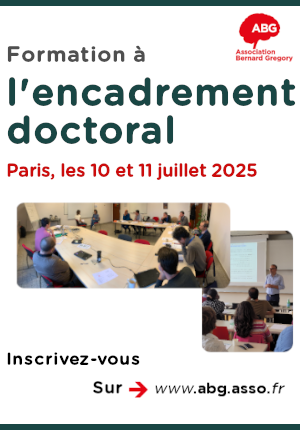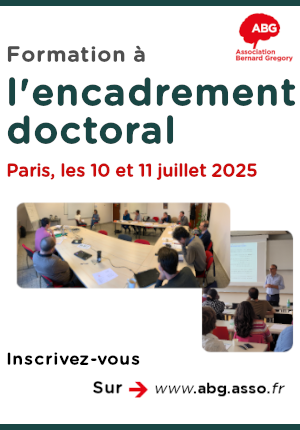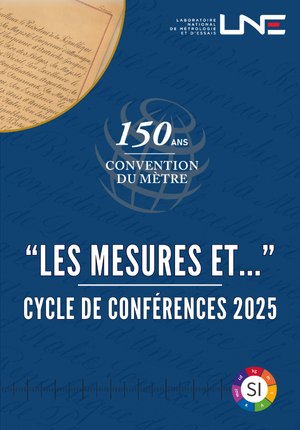Modeling the Leukemic Bone Marrow Niche to Explore Treatment Resistance
| ABG-132689 | Stage master 2 / Ingénieur | 6 mois | 609€/month (4,35 €/h) |
| 26/06/2025 |
- Santé, médecine humaine, vétérinaire
- Biologie
Établissement recruteur
Site web :
The team is part of BRIC, a recently established research unit in Bordeaux that is dedicated to cancer research. Its research program includes genetic and molecular oncogenesis, tumor heterogeneity and microenvironment, and defining the mechanisms of resistance. BRIC unites 12 research teams and is currently located at the University of Bordeaux with state-of-the-art core facilities available. To translate basic research findings, BRIC operates in close collaboration with clinical partners at the University Hospital of Bordeaux (CHU) and the Institut Bergonié cancer hospital.
Description
Context
The treatment of acute myeloid leukemia (AML) has significantly progressed with the use of tyrosine kinase inhibitors (TKIs), particularly in AML patients with mutations in the FLT3 tyrosine kinase receptor. However, despite this therapeutic breakthrough, 30–40% of patients fail to respond to TKIs, and 30–50% of responders eventually relapse.
Understanding the mechanisms behind treatment resistance and the persistence of leukemic stem cells (LSCs), responsible for relapse, is key to improving the therapeutic management of these patients. Our laboratory has demonstrated that some resistance mechanisms are driven by the hematopoietic and hypoxic microenvironment, and that this induced resistance can be overcome using combination therapies.
Current studies of these mechanisms rely primarily on traditional 2D co-culture systems with stromal cells or patient-derived xenografts (PDX) in immunodeficient mice. However, these models lack either the structural complexity or the human stromal diversity of the leukemic bone marrow niche, elements that could be key players in resistance mechanisms.
Based on our preliminary data, we hypothesize that a humanized in vitro bone marrow model could be a valuable tool to study microenvironment-induced treatment responses and resistance mechanisms in leukemia cells.
Objectives
To test this hypothesis, we aim to:
1. Develop a humanized bone marrow niche model capable of sustaining primary leukemic blasts in vitro.
2. Investigate the protective interactions between leukemia cells and their microenvironment under anti-AML therapies.
3. Identify novel resistance mechanisms and potential therapeutic strategies.
Methodology
Using various published protocols, we will reconstitute a humanized leukemic bone marrow model both in vitro (e.g., via 3D bioprinting) and in vivo, incorporating:
- Biological components (stromal, endothelial, and hematopoietic cells)
- Physico-chemical conditions (mechanical stress, hypoxia, etc.)
These "mini-bone marrows" will be seeded with primary leukemia cells from AML patients, either at diagnosis or at relapse. The models will then be treated following the patients' therapeutic regimens (e.g., chemotherapy and TKIs, alone or in combination).
We will analyze leukemic cell behavior through:
- Histology: immunofluorescence, IHC
- Cellular analysis: flow cytometry (FACS)
- Molecular analysis: single-cell RNA sequencing (scRNA-seq)
References
Desbourdes L, et al. (2017) Alteration analysis of bone marrow mesenchymal stromal cells from de novo acute myeloid leukemia patients at diagnosis. Stem Cell and Development, 26(10):709-722.
Desbourdes L, et al. (2019) Combination of Interferon α, Delivered By Engineered Mesenchymal Stromal Cells, and Cytarabine Limits the Development of Acute Myeloid Leukemia, Potentially Targeting Leukemic Stem Cells. Annual ASH Meeting Blood, (134 (Supplement_1), abstract 5143).
Fernandez S, et al. (2019) Targeting Tyrosine Kinases in Acute Myeloid Leukemia: Why, Who and How? IJMS. 20(14):3429.
Dumas P-Y, et al. (2019) Hematopoietic niche drives FLT3-ITD acute myeloid leukemia resistance to quizartinib via STAT5-and hypoxia-dependent upregulation of AXL. Haematologica. 104:2017–2027. doi: 10.3324/haematol.2018.205385.
Dumas P-Y, et al. (2021) Dual Inhibition of FLT3 and AXL by Gilteritinib Overcomes Hematopoietic Niche-Driven Resistance Mechanisms in FLT3-ITD Acute Myeloid Leukemia. Clin. Cancer Res. 27:6012–6025.
Voeltzel T, et al. (2022) A minimal standardized human bone marrow microphysiological system to assess resident cell behavior during normal and pathological processes. Biomaterials Science. 10 (2), 485-498.
Keywords
- Acute Myeloid Leukemia
- Microenvironment / Leukemic Niche
- Bone Marrow Modeling
- Treatment Resistance
- Leukemia Stem Cells
Profil
We are seeking a student who:
- Is currently enrolled in a Master 1 or 4th year of a biotechnology engineering school, or has completed equivalent training
- Has a strong motivation for research
- Shows a keen interest in onco-hematology, tissue modeling (bioprinting, microscopy, flow cytometry, transcriptomics)
- Is capable of working independently and as part of a team
- Has a good command of English (minimum B2 level); French is not required
Prise de fonction
Vous avez déjà un compte ?
Nouvel utilisateur ?
Vous souhaitez recevoir nos infolettres ?
Découvrez nos adhérents
 CESI
CESI  Institut Sup'biotech de Paris
Institut Sup'biotech de Paris 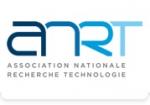 ANRT
ANRT  Nokia Bell Labs France
Nokia Bell Labs France  ASNR - Autorité de sûreté nucléaire et de radioprotection - Siège
ASNR - Autorité de sûreté nucléaire et de radioprotection - Siège  Aérocentre, Pôle d'excellence régional
Aérocentre, Pôle d'excellence régional 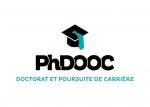 PhDOOC
PhDOOC  Ifremer
Ifremer  CASDEN
CASDEN  TotalEnergies
TotalEnergies  Laboratoire National de Métrologie et d'Essais - LNE
Laboratoire National de Métrologie et d'Essais - LNE  Groupe AFNOR - Association française de normalisation
Groupe AFNOR - Association française de normalisation  SUEZ
SUEZ 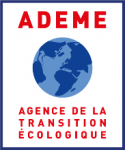 ADEME
ADEME  ONERA - The French Aerospace Lab
ONERA - The French Aerospace Lab  Tecknowmetrix
Tecknowmetrix  Généthon
Généthon  MabDesign
MabDesign  MabDesign
MabDesign
-
EmploiRef. 132696Montreal, CanadaMcGill University
Post-doctoral position in medicinal chemistry
Expertises scientifiques :Chimie - Biochimie
Niveau d’expérience :Junior
-
EmploiRef. 132742Genève, Suisse
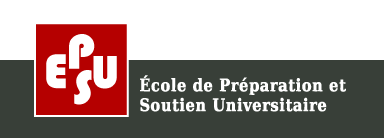 EPSU
EPSUProfesseur de Biologie UP à Genève
Expertises scientifiques :Biologie - Biochimie - Chimie
Niveau d’expérience :Confirmé

